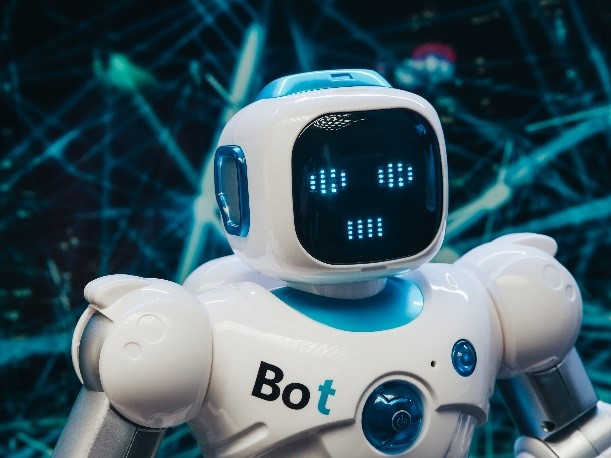Artificial intelligence (AI) is increasingly being used in museums to enhance the visitor experience and create more immersive and personalized exhibits. From virtual reality (VR) and augmented reality (AR) to robots and machine learning algorithms, AI is transforming the way museums engage with visitors and share their collections. In this article Yaron Meiri, International expert in the field of museums and visitor centers, is going to explore the future of the use of artificial intelligence in museums, and consider the potential benefits and challenges of this technology.
One of the main ways that AI is being used in museums is to create more interactive and immersive exhibits. For example, VR and AR technology can be used to transport visitors to different time periods or locations, or to provide more in-depth information about exhibits.

This amazing tool has the possibility to create for visitors a parallel and exciting universe with its own rules and life! The National Museum of Emerging Science and Innovation in Tokyo, for example, uses VR to create a simulated flight to Mars, allowing visitors to experience what it would be like to travel to the red planet. Other museums are using AR to provide more detailed information about exhibits, using smart devices such as
tablets and smartphones to project additional content onto the exhibits themselves.
AI is also being used to create more personalized experiences for visitors. Some museums are using machine learning algorithms to analyze visitor data and create personalized tours and recommendations based on a visitor’s interests and preferences. This can be particularly useful for museums with large collections, as it allows visitors to focus on the exhibits and themes that are most relevant and interesting to them. For example, the British Museum in London has developed an AI-powered “smart” audio guide that can recommend exhibits based on a visitor’s interests and provide more detailed information about the exhibits they choose to visit. In my opinion, this personalization trend has a huge positive influence. From now, the visitor finally feels that the museum offers him the best service: consume the most relevant and interesting content for him!
Who does not like Robots? It turns out that these cute creatures have an important role in museums! Their new job is to interact with visitors and provide information about the exhibits. For example, the National Museum of Emerging Science and Innovation in Tokyo has a number of robots that are used to provide information and interact with visitors, including a robot guide that can answer questions and provide recommendations for exhibits. While these robots can be a fun and engaging way for visitors to learn

about the exhibits, there are also concerns about the potential impact on museum jobs and the role of human interaction in the museum experience. Does the time of the human museum guide end? The time will tell…
As we see, the using of AI make the museums become more interesting, relevant and efficiently- but this revolution has its prices. One of the key challenges in the use of AI in museums is finding the right balance between using technology to enhance the visitor experience and preserving the authenticity and integrity of the exhibits and collections. While technology can certainly bring new and innovative ways of engaging with visitors, it is important to ensure that it is used in a way that does not detract from the authenticity and value of the exhibits. This discussion can be connected with the actual question about the value of art that is made by artificial intelligence- can we really consider machine work as “art”?
Overall, the future of museums with the use of artificial intelligence is likely to be one of continued evolution and change. As new technologies and approaches are developed, museums will have to navigate the challenges and opportunities presented by AI in order to create meaningful and engaging experiences for visitors. Whether it is through the use of VR and AR to create immersive exhibits, the use of machine learning algorithms to create personalized tours, or the use of robots to interact with visitors, AI has the potential to transform the way museums engage with visitors and share their collections. The key is finding the right balance between using technology to enhance the visitor experience and preserving the authenticity and integrity of the exhibits and collections. To sum up, the great challenge is to use our human intelligence to integrate the amazing tool which is called AI in museums and visitor centers, wisely.

























